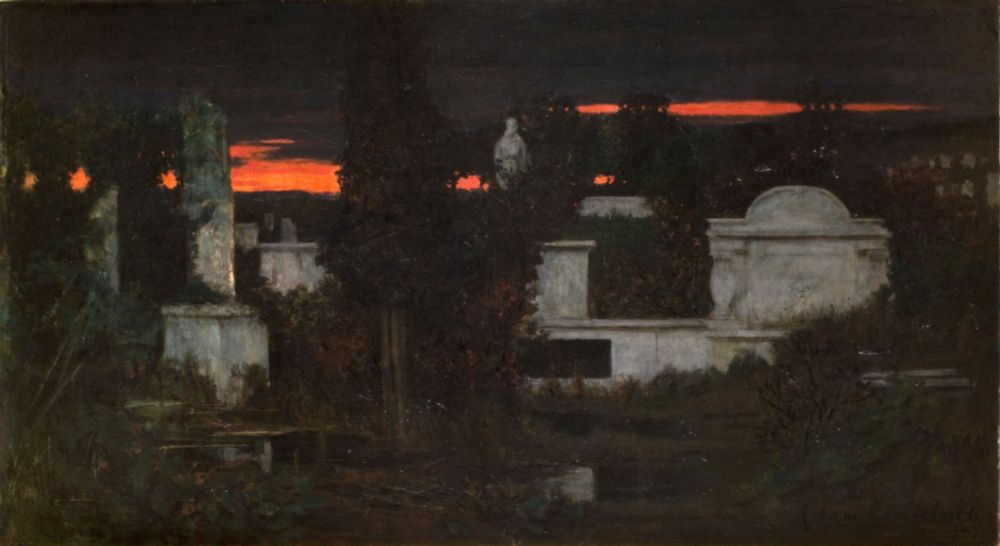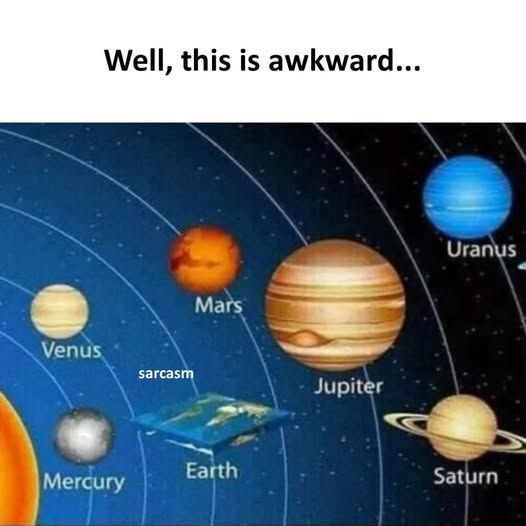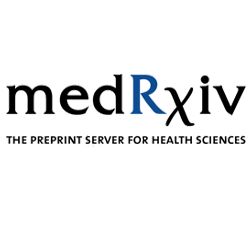🚨Join our next @DEMONNetworkUK #Genetics and #Omics meeting on THURSDAY 11th September at 2.30 PM (UK Time). Delighted to have @jclambert.bsky.social as invited speaker – “From #GWAS to polygenic risk scores in #Alzheimer's disease”
Join the network or DM for more info
27.08.2025 08:09 — 👍 1 🔁 2 💬 0 📌 0
Perhaps 😉
I am sure that this controversy over APOE4 did not last long. However, it's true that he insisted, despite the odds being stacked against him, that it was TOMM40, not APOE, that was ultimately responsible for the APOE locus signal.
13.08.2025 20:26 — 👍 0 🔁 0 💬 0 📌 0
Why do you say that the research community was sceptical? In fact, it was one of the least controversial genetic results obtained through a gene candidate approach. It was very quickly accepted by the research community because it was systematically replicated.
13.08.2025 17:27 — 👍 1 🔁 0 💬 1 📌 0

A do-or-die moment for the scientific enterprise
Reflecting on our paper “The entities enabling scientific fraud at scale are large, resilient, and growing rapidly”
Today, our article "The entities enabling scientific fraud at scale are large, resilient, and growing rapidly" is finally published in PNAS. I hope that it proves to be a wake-up-call for the whole scientific community.
reeserichardson.blog/2025/08/04/a...
04.08.2025 20:46 — 👍 325 🔁 193 💬 9 📌 42

Happy cat on my belly
30.07.2025 19:08 — 👍 1 🔁 0 💬 0 📌 0
Cette université est trop occupée à sauver la Science en accueillant des chercheurs américains
19.07.2025 09:23 — 👍 1 🔁 0 💬 1 📌 0

FromFB: 😂
18.06.2025 18:37 — 👍 7526 🔁 1098 💬 238 📌 84
5. The PGS/PRS associations mainly capture genetic information related to AD because they weakened as the diagnosis was broadened. The quality of the clinical diagnosis can interfere with the measurement of the association between the PGS/PRS and the AD risk in a given population.
18.06.2025 10:38 — 👍 0 🔁 0 💬 0 📌 0
4. However, this is not the case when the PRS includes the APOE region. This indicates that the APOE region appears to contain additional multi-ancestry genetic variability.
18.06.2025 10:38 — 👍 0 🔁 0 💬 1 📌 0
3. In contrast to other multifactorial diseases, a cross-ancestry polygenic risk score (PRS) did not systematically outperform the simple PGS when the APOE locus was excluded. A high proportion of AD genetic risk could be already accounted for by the European-ancestry GWAS-defined loci.
18.06.2025 10:37 — 👍 0 🔁 0 💬 1 📌 0
2. This simple PGS appears to be enough to detect an AD genetic risk in most ancestry populations, suggesting that most of the various ancestry populations are likely to be affected by shared pathophysiological processes that are driven in part by genetic risk factors.
18.06.2025 10:36 — 👍 0 🔁 0 💬 1 📌 1
Our work produced several important findings:
1. The associations between a simple polygenic score (PGS) based on the European GWAS-defined loci and AD risk in European populations is slightly influenced by the APOE genotype, suggesting existence of independent genetic entities for sporadic AD
18.06.2025 10:36 — 👍 1 🔁 0 💬 1 📌 0
This work would not have been possible without this global and strongly collaborative effort (particularly Richard Sherva and Mark Logue of the Million Veteran Programme in the US, and Yoontae Kim and Jungsoo Gim of the GARD study in South Korea).
18.06.2025 10:34 — 👍 0 🔁 0 💬 1 📌 0

Trump’s cuts to more than 1700 NIH grants get court hearing
District judge could declare terminations unlawful—or toss suit based on technicalities
Trump’s cuts to more than 1700 #NIH grants get court hearing www.science.org/content/arti... by @sarareardon.bsky.social @science.org
#Alzheimers #dementia #neuroscience #science
15.06.2025 13:21 — 👍 10 🔁 5 💬 1 📌 1
This is a cumulative maximum intensity projection movie of the endoplasmic reticulum labeled with the membrane marker mEmerald-Sec61B.
11.06.2025 00:55 — 👍 146 🔁 21 💬 10 📌 3
Announcing an official fundraising campaign to support my lab’s research on APOE4 and Alzheimer’s disease: joinus.cuimc.columbia.edu/participant/.... This campaign is itself an experiment of sorts. But mostly, it's an attempt to save my lab during an unprecedented time of turmoil in academia. 1/9
10.06.2025 16:28 — 👍 36 🔁 27 💬 3 📌 4
Here is a direct link to the open access article @amit-das.bsky.social mentions. alz-journals.onlinelibrary.wiley.com/doi/10.1002/... Tempting to say it feels like a miracle, but this progress always comes down to dedicated study participants, brilliant scientists, and reliably funded science.
06.06.2025 21:09 — 👍 12 🔁 4 💬 0 📌 0

A grey heron stalking the waters for fish. Beak is low to the surface of the water. The heron has also sighted a fish and moves slowly not to disturb the water.
I went in search of cygnets. Still not hatched so had to make do with a heron fishing instead. Look at those feet!
#UKWildlife #UKbirding #Birds #Photography #Nature #GreyHeron #photographersunited #PhotographersofBluesky #Sonyalpha
24.05.2025 16:10 — 👍 847 🔁 72 💬 14 📌 2

Currently visiting the Medieval Museum in Barcelona. This was painted in 1210…
22.05.2025 18:26 — 👍 0 🔁 0 💬 0 📌 0
Je l’ai lu tout à l’heure.
Sans concession et loin des messages en creux adressés aux initiés dans ce gène de rapport. Et clairement indiqué l’activité néfaste de l’IHU durant le Covid
21.05.2025 16:37 — 👍 10 🔁 2 💬 0 📌 1
And definitively accepted after more than a month of editing to meet all the publisher's requirements.
29.04.2025 17:47 — 👍 2 🔁 0 💬 1 📌 0


'BIN1 and Alzheimer’s disease: the tau connection'
by Pierre Dourlen, Devrim Kilinc, Isabelle Landrieu, Julien Chapuis & Jean-Charles Lambert @jclambert.bsky.social
www.cell.com/trends/neuro...
29.04.2025 12:25 — 👍 7 🔁 1 💬 0 📌 0

BIN1 and Alzheimer’s disease: the tau connection
Bridging integrator 1 (BIN1) is a ubiquitously expressed protein that plays a critical role in endocytosis, trafficking and cytoskeletal dynamics. In …
When I was a student, I dreamed of one day publishing in Trends In Neurosciences. So I'm proud that we had the opportunity to write an invited review on BIN1, a major genetic determinant of Alzheimer's disease that we've been working on for over 10 years.
www.sciencedirect.com/science/arti...
22.04.2025 05:15 — 👍 6 🔁 3 💬 0 📌 0

Nalvk cat with F D besides it's head
Quick guide to understand your cat
18.04.2025 12:54 — 👍 6256 🔁 704 💬 84 📌 36
Doctoral researcher - Neuroscience - Neurodegeneration
Rosa Rademakers lab @ VIB Center for Molecular Neurology, Antwerp
Expert Ukraine & mer Noire | 10+ ans journaliste
📝 Correspondant @la-croix.com
🎥 YouTubeur: https://www.youtube.com/@sebagobert
📕Auteur: L'Ukraine, la République et les oligarques
☕ Soutenir mon travail: https://buymeacoffee.com/sebagobert
Just a nerd (trying to be a decent human).
Researcher at @primateresearch.bsky.social
Cure #LongCovid
Long Covid Advisory Team: https://whn.global/long-covid-advisor.
daniellebeckman.com
Neuroscientist working on fruit flies, husband+pet dad full time, by night a chef mixing flavors, Liverpool football fan on weekends. I think about Alzheimer’s disease, synapses, mitochondria, lysosomes and ER.
Views are mine
Baylor College of Medicine
Translational Neuroscience Ph.D. Candidate
University of Edinburgh (@edinunineuro.bsky.social)
👩🏾🔬APOE 🧬 BBB 🧠
CT/NYC ➡️ EDI
https://scholar.google.com/citations?hl=en&user=BvnB_kIAAAAJ&view_op=list_works&gmla=AJsN-F7NgMtWh06
Scientific content aggregator with custom content feeds. Science news, jobs, events and more. Sign up at https://www.scientific.today.
👥 Group Leader & Wellcome Career Development Fellow @ UCL | 🏥 Honorary Consultant Neurologist at NHNN | 🔬 Researching Parkinson’s 🧬, neurodegeneration 🧠, ageing ⏳, lysosomes 🫧🔄 using Drosophila 🪰 | 💬 Thoughts my own and random 🎲
Professor of Medicine, McMaster University
Executive Director of the Firestone Institute for Respiratory Health
Board of Directors Lung Health Foundation
#macrophages #aging #respiratoryinfections #vaccinations #immunity #inflammation #scicomm
Genetic epidemiology postdoc at @stanford.edu
The Alzheimer’s Association is the leading voluntary health organization in Alzheimer's care, support and research. #ENDALZ
alz.org
Director of Dementias Platform UK and Professor of Cognitive Health at Oxford University. Interests in translational research for dementia, MCI, brain health and using big data in medical research.
Scientific Research Advisor at Alzheimer Nederland❀🧠 | Striving to fund the best dementia research🔬 | All views are entirely my own
A career network featuring science jobs in academia and industry.
Visit our platform at www.science.hr
Statistical geneticist. Professor of Human Genetics and Biostatistics at the University of Pittsburgh. Assiduously meticulous.
Geneticist and stem cell biologist studying epigenetics and neurological disease at Whitehead Institute and MIT.
neuron-glial interactions, oligodendrocyte lineage, myelin, multi-photon microscopy @CUMedicalSchool
https://www.ethanhugheslab.com/
Nature Genetics is a monthly journal publishing high impact research in genetics and genomics. Part of @natureportfolio.bsky.social
Repost/like=interesting/relevant, not necessarily endorsement.
Group of passionate scientists unraveling the mysteries of neurodegeneration at Weill Cornell Medicine 🧠 | Tackling Alzheimer’s, FTD, PD & related diseases 🧬 | Focused on tau, innate immunity, & targeted therapeutics using iPSC & transcriptomics🔬
Genetic Epidemiologist working on complex human diseases
@Human Genetic Center, UTHealth Houston School of Public Health
J’essaie de ne pas viser à côté. L’ironie en bandoulière, la tendresse en réserve. Exilée à mi-temps d’X pour résister, respirer & rire
Un Zeste de réflexion, un peu de vous & de n'importe moi, des trucs de filles, des blagues de mecs et des fraises tagada














